How to properly install the infrared detector?
PIR installation location selection (1) Installation location PIR is usually set in the area where intruders may enter or store high-value items, such as the general family's living room, master bedroom, and corridors or walkways; and general companies usually set the PIR In computer rooms, walkways, warehouses and storage areas. Therefore, before installing PIR wiring and control panel, you must be familiar with the system layout to determine the best PIR installation location.
(2) Inspection In the last step prior to installing the PIR in the borehole, the best field of vision of the PIR must be tested with the eye, keeping the eye and PIR high and looking around. This approach avoids inappropriate location choices.
PIR-prone Installation Accidents (1) Temperature Sensing Difference PIR is sensed using temperature, so non-human objects (such as heating pipes or air conditioning equipment) change the temperature within the detection area, triggering the PIR activation alarm device; this means If you blow directly in the PIR, the temperature will change quickly.
Even in a well-structured building, once the PIR senses an imbalance of air pressure due to differences in ambient temperature, it can still generate airflow inside the PIR, which can change the temperature of the heating element and cause errors. However, as long as the sudden airflow does not exceed 50-60 miles/hr. (80-95km/hr), the normally sealed PIR junction box can block this flow of air into the PIR.
(2) Junction box without seal In the PIR installation process, if the surface of the junction box is not sealed, dust or insects will be intruded, which will reduce the sensitivity of the sensing element; therefore, it is better to check whether the junction box is used before installation. Come to seal.
(3) Built-in glass in the detection area Electromagnetic waves (such as visible light) at certain frequencies will penetrate the glass. Therefore, if the PIR is installed in the area facing the sunlight, the visible light and reflected light must be taken care of. Sunlight shines through the glass to the ground, and the heat generated by it will change the temperature of the ground. However, too rapid a temperature change may cause the PIR sensing device not to adjust and produce false alarms. In addition, although the light is not a direct detection area, the heat energy can also pass through the glass, etc. The reflection of the object will project thermal energy into the PIR detection range. Therefore, it is necessary to take care not to place reflective objects such as glass, mirrors or polished metal in the detection range to avoid false alarms.
(4) Objects moving Non-human objects in the detection area (such as moving tags, curtains, or floating balloons) are likely to cause PIR false alarms. Because the displacement of the object produces a temperature contrast, even though the wing of the insect may vibrate, it will cause a small air flow. If it is too close to the PIR, it cannot avoid the detection of the PIR.
(5) The far infrared rays of the obstacle are extremely weak and cannot penetrate most of the substances. Therefore, if items such as furniture are placed in the PIR detection area, the infrared rays will be blocked, causing the PIR sensitivity to disappear and the alarm function to be lost. Therefore, it is important to consider the presence of obstacles in the detection range of the PIR before installation. If the detection area is blocked by walls, floors, or furniture, the maximum PIR function cannot be achieved.
On the other hand, since the PIR is an infrared receiver, if no detection area is set or an obstruction is set, the PIR detection area will continue to expand. Once it exceeds the limited distance, it will produce a large and unreliable detection area. The false alarm may be caused by a low signal.
(6) Alarm Circuit The combination of a tamper circuit and an alarm circuit is necessary because the interference circuit is used to monitor whether the PIR system is operating normally. The following are the suggested alarm line wiring types.
HIDEEP offers a variety of bathtub faucets in many different styles.
HIDEEP have floor standing Bathtub Faucet and 5 hole Bathtub Faucet for your choice.In addition to exceptional performance, HIDEEP faucets represent the ultimate in versatility and individual style. Each belongs to larger coordinated collections that include matching Bathroom Accessories, allowing you to combine the elements that best express your vision. Bathtub faucets coordinate beautifully with our full line of bathroom products, and can elevate your bathroom with a new sophistication and elegance for the most relaxing part of your day.
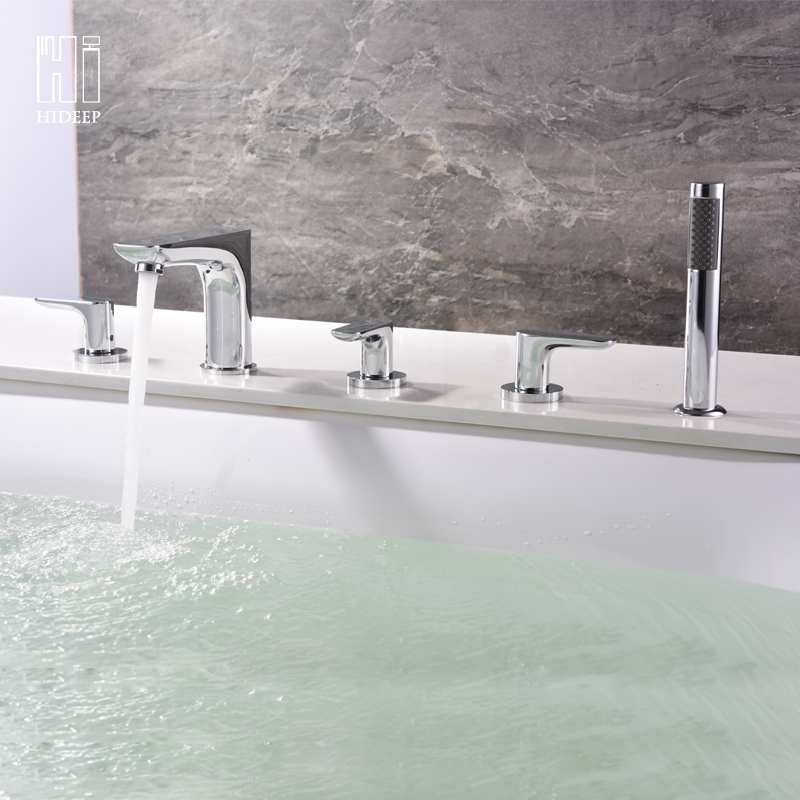
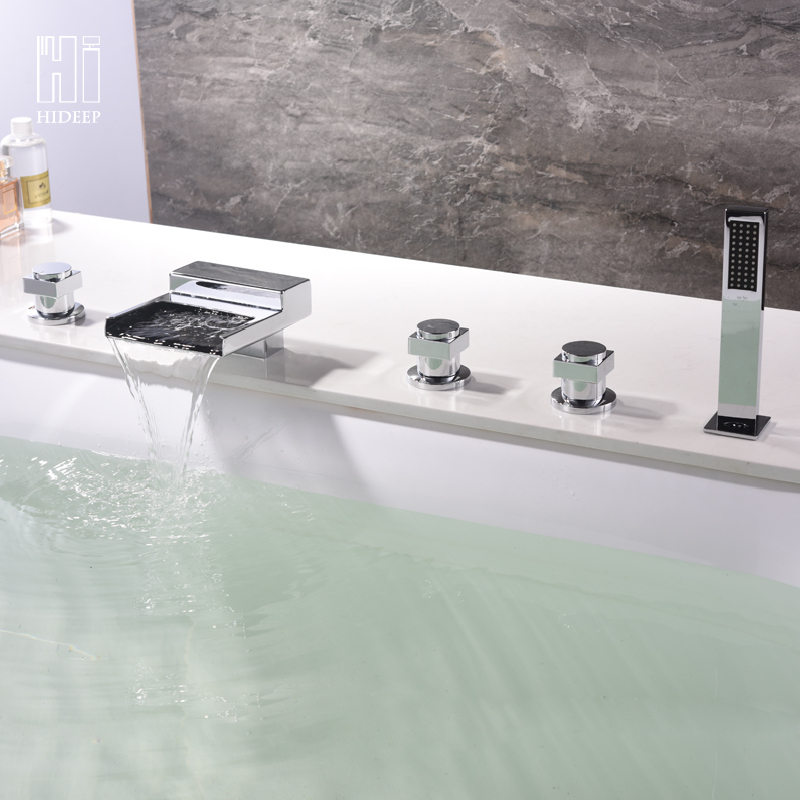
HIDEEP Product line
HIDEEP Product Information
Product description
Bathtub faucet
Brand name
HIDEEP
Material
Brass main body and zinc alloy handle
Material analysis
Cu≥59%
Air pressure testing
0.6 Mpa
The thickness of chrome plating
Nickel>8um Chrome>0.2um
Salt spray test
24 hours
Water flow
Bath/Shower Mixer≥18L/min,
Cartridge life time
300,000 times open and close
Quality guarantee
5 Years quality guarantee
Certification
ISO9001, CE
OEM and ODM
Acceptable
Installation mode
Wall-mounted
Function
Hot/cold water mixer
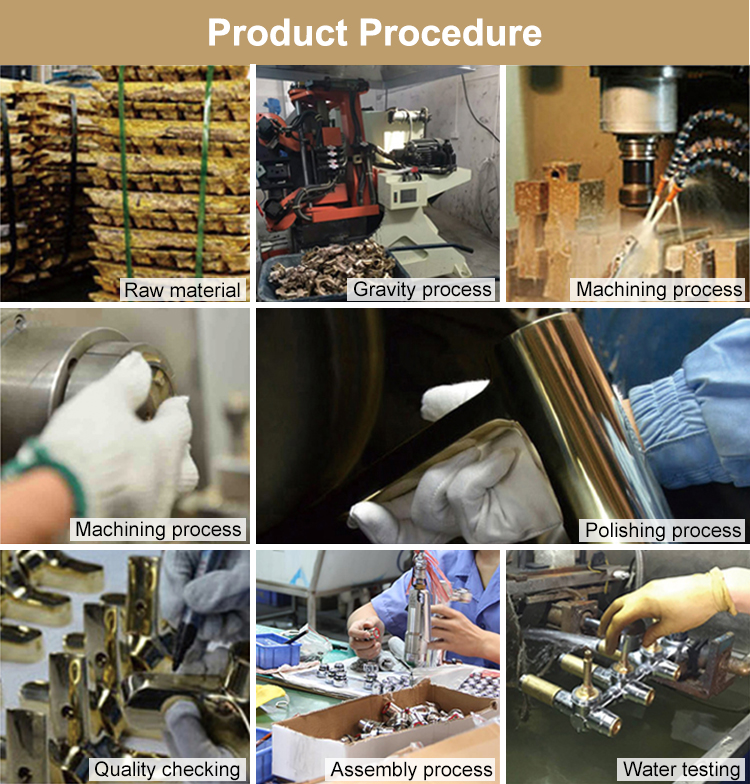
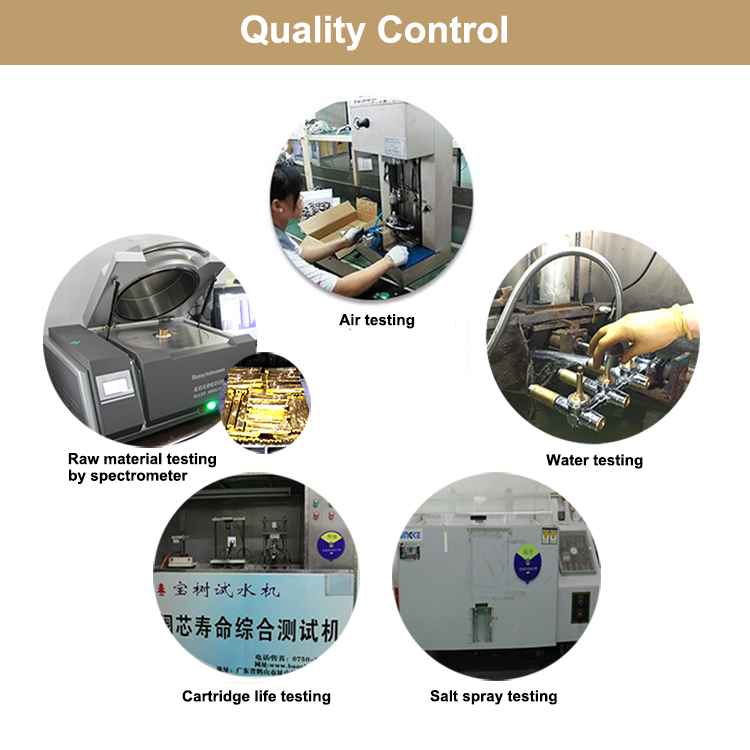
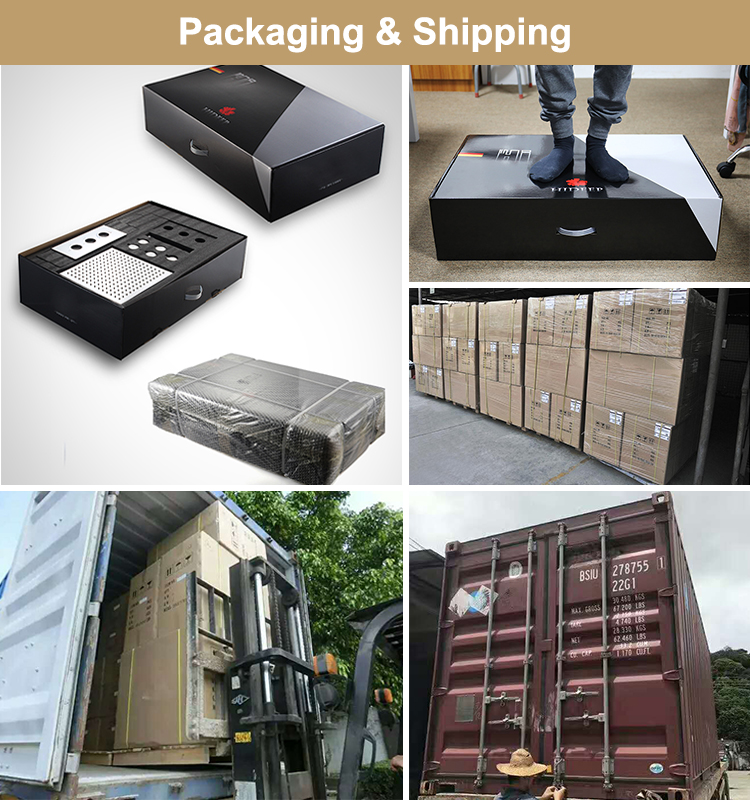
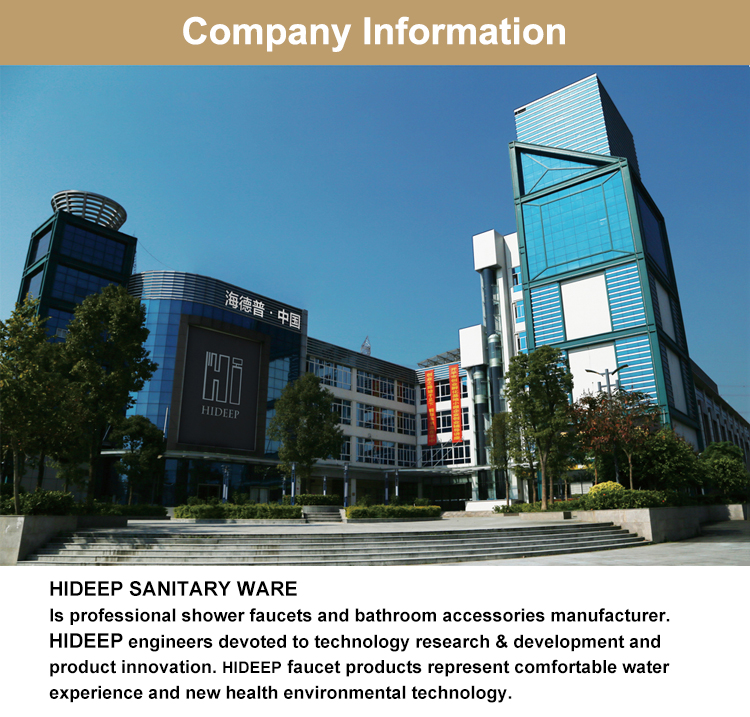
Bathtub Faucet
Bathtub Faucet,Luxury Bathtub Faucet,Brass Bathtub Faucet,Bath Shower Mixer
Kaiping HIDEEP Sanitary Ware Co., Ltd. , http://www.hideep-faucet.com